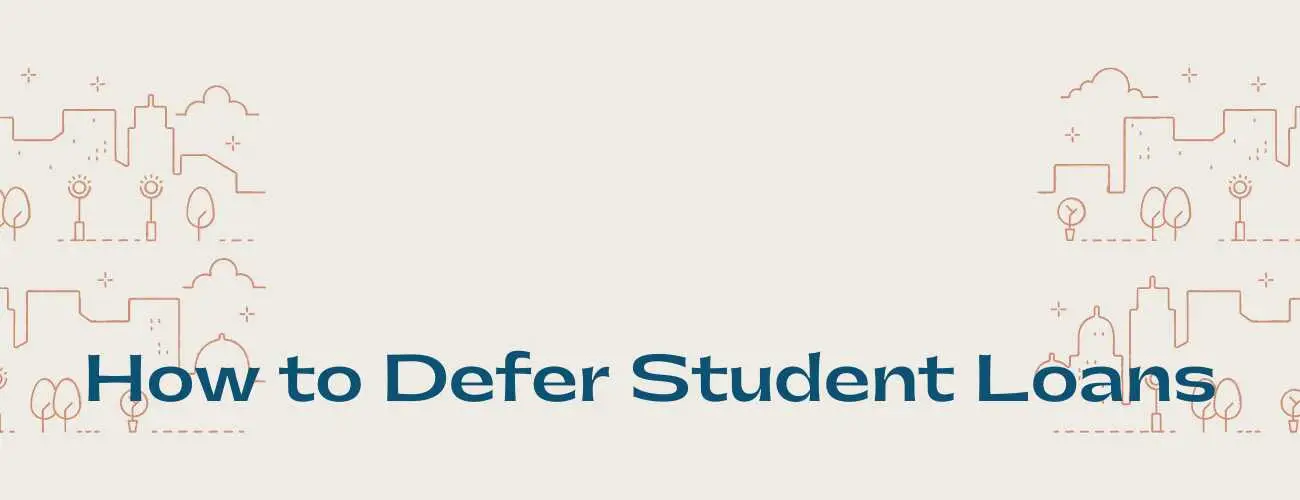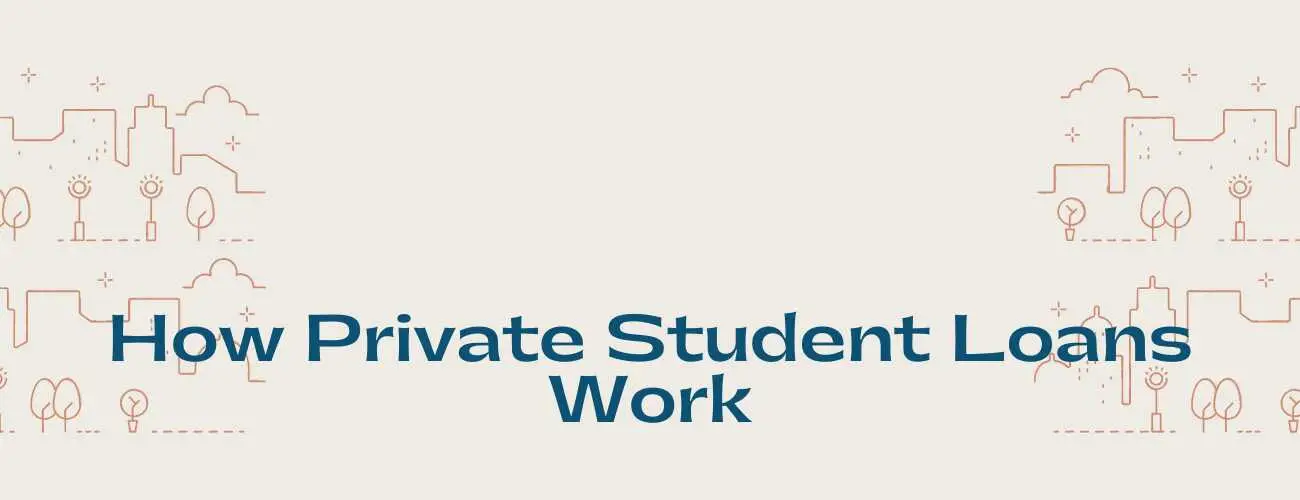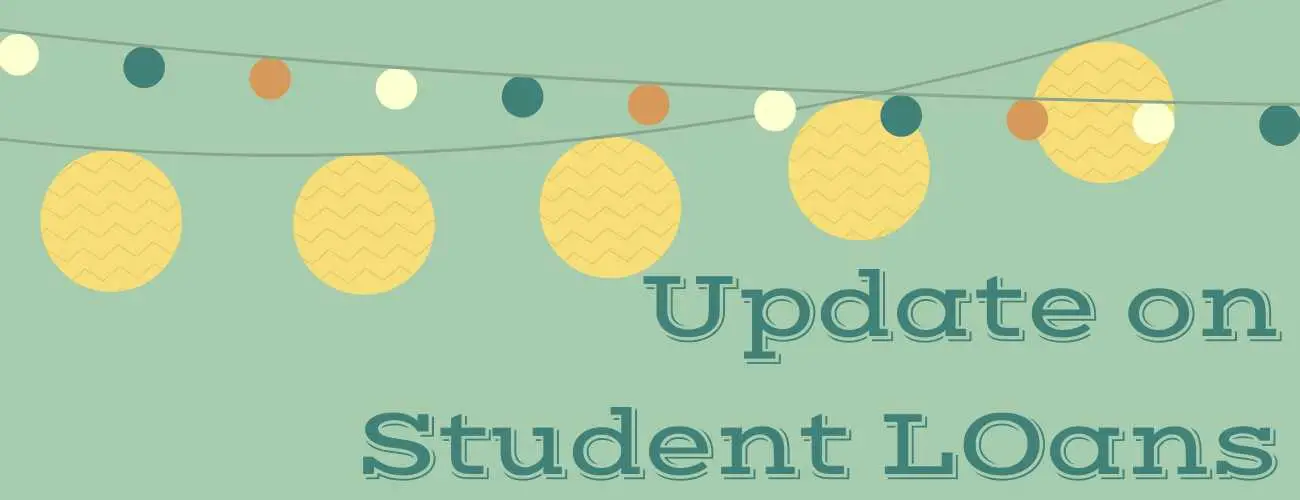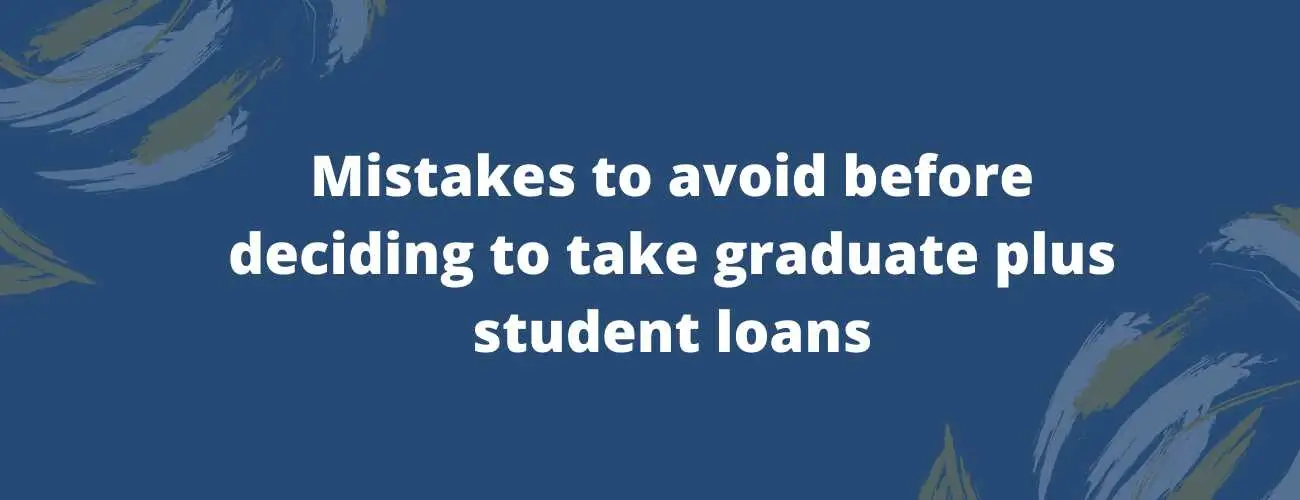Extended Repayment Plans for Student Loans
This plan tells you about the extended repayment plan for your student loans. Find all the advantages and disadvantages so that you can make an informed decision.
Updated by Anuroop C on 3rd September 2020
Student loan repayment can be a tiring process and a proper and strategic plan should be made in order to tackle student loans. Everyone feels that they should get rid of their student loans as soon as possible. However, when life comes your way, all plans do not succeed and you are thrown in a critical position, sometimes financially. But fear not for the government has some plans that will help you to repay the student loans that you are struggling to pay. And one such student loan repayment plans are an Extended loan repayment plan. Follow the article to know more about the Extended loan repayment plan.
Table of Contents
- What is the student loan Extended repayment plan?
- Eligibility
- Pros
- Cons
- IDR plans vs Extended Repayment plans
- Graduated Repayment Plan
What is the Extended loan repayment plan?
The Extended loan repayment plan is one of the student loan repayment plans that allow you to repay your student loan debt over an extended period of time in addition to the loan repayment time that you are currently in so that the amount you shall pay will reduce, significantly. According to this plan,
Your monthly payments are fixed and can be gradually regularly increased over time(in graduated extended repayment plans).
It can be paid over a period of 25 years
The amounts are very less than the standard or graduated repayment plans, although the total amount will be much more than the total amount that you will be paying with the standard repayment plans
Eligibility for the Extended loan repayment plan
As per the official website- studentaid.gov, these are the eligibility criteria for you to qualify for an Extended student loan repayment plan:
1. If you have chosen a direct loan, you must have no outstanding balance on a direct loan as of October 7, 1998. Or on the date, you obtained a direct loan after October 7, 1998, and also must have more than 30000 dollars in direct loans.
2. If you have FEEL loans, to get apply for this plan, you must have no balance in the FEEL program loan as of October 7, 1998. If you have obtained after October 7, 1998, you must have more than 30000 dollars in FEEL program loans.
3. Consider, if you have 40000 dollars in FEEL program and 8000 dollars in direct student loans, choose extended repayment for FEEL loans and avoid Direct. To opt for the direct loan you must consolidate to use an extended repayment plan. Learn more about student loan consolidation.
All the following federal loans are eligible under the extended loan repayment plan:
-
Unsubsidized Federal Stafford loan
-
Federal Family Education Loan (FFEL) PLUS loan
-
FFEL consolidation loan
Looking to refinance your student loans? Find the best companies to refinance your student loans
Advantage of taking up an Extended Student loan repayment plan
The greatest and perhaps the only advantage of the Extended student loan repayment plan is that it lowers your monthly payments significantly.
Based on the various plans available, your monthly payment could be as low up to $50.
Disadvantages of taking up an Extended Student loan repayment plan
These are several of the cons of taking up an extended student loan repayment plan:
-
Your debt will be longer: If you are a person who just wants to get the student loan debt off your head and be relieved off your loan tensions then this might not be the optimal plan for you.
-
You will end up paying more: Under the extended student loan repayment plan, you will end up paying amount much more than the amount that you will be paying in a standard repayment plan.
-
There are other plans that can lower your student loan amount: There plans such as the Income-driven repayment plans for clearing your student loan debts that only take up to 10% of your monthly income. Learn more about Income-driven student loan repayment program.
-
Extended student loan repayment plan does not qualify for the PSLF(Public Service Loan Forgiveness) program: Last but not the least, payments made under the Extended student loan repayment plan do not qualify for the PSLF program. Learn more about the PSLF program.
Difference between Extended Student loan repayment program and Income-driven repayment program
An extended student loan repayment plan is a plan that will focus on the actual amount paid and the term but the income-driven plans focus on the percentage of your monthly income that you are willing to pay. For example, if your monthly income is $3,000 then under Income-driven repayment plans, you will be making payments around $300(although this can vary) each month. But if you have opted for an extended repayment plan for student loans, then you can make monthly payments as low as $195(this will be based on the term of repayment).
There are different plans under the Income-driven repayment programs such as the PAYE, REPAYE, ICR, IBR. But under the extended student loan repayment plans there are only two types and they are Normal Extended repayment plan and Graduated Extended Repayment Plan(as mentioned, the monthly payment amount will increase over a period of time).
So if you are still questioning whether extended student loan repayment plans are suitable for you, then consider weighing in the advantages to disadvantages. Though there is only one advantage, this might be a big one considering your financial situation, especially if you are about to face default and your financial strategy.
Even though your term of repayment is extended, you can still make an extra payment, which will be of some help in the long run and will help you pay off your student loan debt faster. But remember to make a calculated and well-informed decision, do not rush into anything. If an extended loan repayment plan is the right one for you, you can always contact your student loan servicer to change your repayment plan.
Looking for ways to finance your education? Explore the best student loans
Graduated Repayment Plan
The Graduated Repayment plan is due to certain circumstances like a financial crisis or medical help you pay a smaller amount today and a higher amount when you’re close to the end of the repayment period. While extended repayment plan allows for the smallest payment if you don’t have a consolidation loan in this you can pay a fixed amount for as long as a 25-year term which means much smaller payments than what you’d need to make on the 10-year Standard Plan. Thus in America, the extended repayment plan is more famous than the graduated repayment plan.
Why Graduated Repayment Bothers with Student Loans?
In the graduated repayment plan, a borrower doesn’t have any strategy in simple it is costing you money. If you think that you won’t be able to pay under the graduated repayment plan then it's better to shift on REPAYE which has awesome interest subsidies or if your income will remain low long term then give a try to PAYE and go for forgiveness after 20 years. Thus it is strongly recommended to every borrower that he/she should first analyze all the options and then choose respectively. As even if you think that an income-driven repayment plan is not a good option you can have look at refinancing as well in which you want to refinance to a 20-year term, which should produce affordable payments.
When maybe a graduated or extended repayment plan a good idea?
If the borrowers are looking for the lowest possible payment as part of an aggressive repayment strategy, then a graduated or extended repayment plan will work or they only enroll in the extended or graduate repayment plan if they're going to definitely be paying off their loan fully. If a borrower is certain that they will pay back the full balance of their debt, then the forgiveness programs no longer matter but if there is any chance that they will not be able to do then keeping student loan forgiveness as an option is a preferred route.



93.jpg)


28.jpg)
